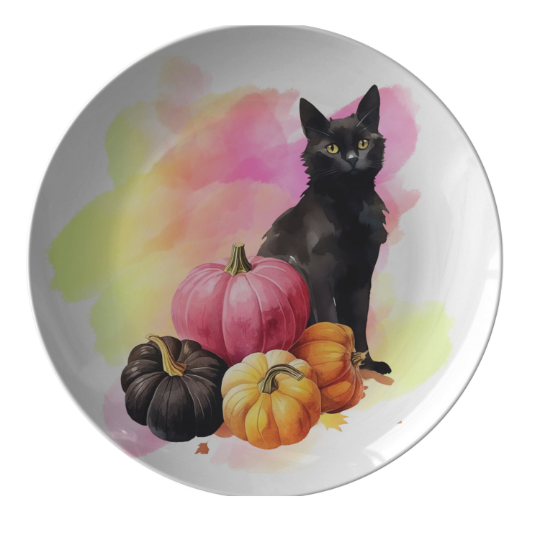 1. **Regular Vet Visits**: Schedule check-ups every 6 months to catch health issues early.
1. **Regular Vet Visits**: Schedule check-ups every 6 months to catch health issues early.
2. **Monitor Weight**: Keep an eye on your cat’s weight, as both weight loss and gain can indicate health problems.
3. **Adjust Diet**: Feed a senior cat diet formulated for aging cats to support joint health and maintain weight.
4. **Hydration**: Ensure your cat always has access to fresh water, as older cats are prone to dehydration.
5. **Comfortable Bedding**: Provide soft, warm bedding in easily accessible places to help with aching joints.
6. **Litter Box Accessibility**: Use a low-sided litter box for easy access, especially if mobility is an issue.
7. **Groom Regularly**: Brush your cat’s fur frequently to prevent matting, especially if they struggle to groom themselves.
8. **Dental Care**: Check your cat’s teeth for signs of dental disease and provide dental treats or brushing if possible.
9. **Eye & Ear Checks**: Regularly inspect eyes for cloudiness or discharge and ears for signs of infection or wax buildup.
10. **Provide Warmth**: Older cats enjoy warmth, so provide heated beds or warm blankets.
11. **Joint Supplements**: Consider joint supplements like glucosamine to support mobility and reduce arthritis pain.
12. **Keep Active**: Encourage gentle play to keep muscles toned and maintain a healthy weight.
13. **Pain Management**: Talk to your vet about pain management options if your cat shows signs of arthritis or other discomfort.
14. **Monitor Behavior Changes**: Watch for changes in behavior like increased hiding, aggression, or vocalization, which may indicate health issues.
15. **Stress Reduction**: Minimize changes in your cat’s environment to keep stress levels low.
16. **Routine Maintenance**: Maintain a consistent feeding and care schedule to provide a sense of security.
17. **Keep Nails Trimmed**: Older cats may not use scratching posts as much, so trim their nails regularly.
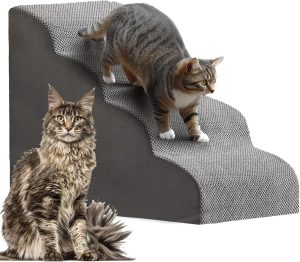 18. **Easy Access to Elevated Spots**: Provide ramps or steps to help your cat reach their favorite elevated spots safely.
18. **Easy Access to Elevated Spots**: Provide ramps or steps to help your cat reach their favorite elevated spots safely.
19. **Keep Their Environment Clean**: Clean bedding, litter boxes, and feeding areas frequently to reduce exposure to bacteria.
20. **Watch for Digestive Issues**: Monitor for vomiting, diarrhea, or constipation and consult a vet if these symptoms occur.
21. **Provide Quiet Spaces**: Older cats may need more rest, so create quiet spots where they can relax undisturbed.
22. **Adjust Food Texture**: Offer soft food if dental issues make it hard for them to eat dry kibble.
23. **Provide Elevated Food and Water Bowls**: Elevate bowls to reduce strain on their neck and joints while eating or drinking.
24. **Monitor Water Intake**: Track how much your cat drinks, as increased or decreased consumption can indicate health issues.25. **Comforting Routine**: Spend quality time with your senior cat daily for companionship and to monitor any signs of discomfort or illness.
These tips can help keep your senior cat healthy, comfortable, and happy in their golden years.

 As the winter season blankets our world in snow and colder temperatures, it’s essential to pay extra attention to the needs of our pets. While they may have fur coats, many pets are not equipped to handle the chill of winter. Here are some essential tips to ensure your pets stay warm, safe, and healthy during these colder months.
As the winter season blankets our world in snow and colder temperatures, it’s essential to pay extra attention to the needs of our pets. While they may have fur coats, many pets are not equipped to handle the chill of winter. Here are some essential tips to ensure your pets stay warm, safe, and healthy during these colder months. Be careful when adding a new dog to your family when you have a dog already. Some dogs simply will not get along with a new dog being introduced into the household. Certain breeds and individuals can be territorial and possessive; his opinion is, “this is my house, my toys, my food, my owner, my bed, etc.” The new dog is viewed as an intruder. A good test is to have friends bring their dog over to your house and see how your dog reacts. If this ends up being an unpleasant experience, that’s what will probably happen when you bring home a new dog.
Be careful when adding a new dog to your family when you have a dog already. Some dogs simply will not get along with a new dog being introduced into the household. Certain breeds and individuals can be territorial and possessive; his opinion is, “this is my house, my toys, my food, my owner, my bed, etc.” The new dog is viewed as an intruder. A good test is to have friends bring their dog over to your house and see how your dog reacts. If this ends up being an unpleasant experience, that’s what will probably happen when you bring home a new dog. As the leaves change colors and it gets cooler outside, we need to think about how to take care of our cats in the fall. Just like we wear warmer clothes, we should also make sure our cats are safe and comfortable. This guide will give you tips to help your cat during this season. Let’s find out how to keep our cats happy and healthy as we head into the colder months
As the leaves change colors and it gets cooler outside, we need to think about how to take care of our cats in the fall. Just like we wear warmer clothes, we should also make sure our cats are safe and comfortable. This guide will give you tips to help your cat during this season. Let’s find out how to keep our cats happy and healthy as we head into the colder months There are pros and cons to considering puppies vs. adult dogs. Puppies are great fun, but plenty of work. Puppies need a great deal of attention, much more care and training—and lots and lots of playtime. Puppies cannot be left alone as long as adult dogs. They must be watched at all times or kept in a secure place such as a crate when you can’t watch them. They need frequent trips outside to relieve themselves; they eat several times a day. An advantage of having a puppy is you train and socialize the dog right from the beginning. A puppy will quickly bond with family members.
There are pros and cons to considering puppies vs. adult dogs. Puppies are great fun, but plenty of work. Puppies need a great deal of attention, much more care and training—and lots and lots of playtime. Puppies cannot be left alone as long as adult dogs. They must be watched at all times or kept in a secure place such as a crate when you can’t watch them. They need frequent trips outside to relieve themselves; they eat several times a day. An advantage of having a puppy is you train and socialize the dog right from the beginning. A puppy will quickly bond with family members.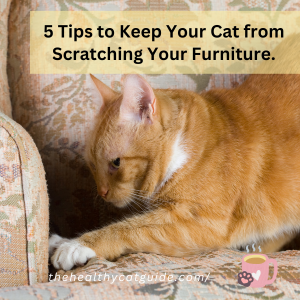 Cats possess a natural instinct to scratch, which allows them to maintain their claws, mark their territory, and stretch their muscles. By providing your feline companion with suitable scratching surfaces, you can redirect their scratching behavior away from your furniture. Scratching posts, mats, or boards should be resilient, towering, and coated with materials that your cat savors scratching, such as sisal or carpet. Place the scratching surfaces in areas where your cat frequently scratches, such as near their favored sleeping spot or in front of a sunlit window.
Cats possess a natural instinct to scratch, which allows them to maintain their claws, mark their territory, and stretch their muscles. By providing your feline companion with suitable scratching surfaces, you can redirect their scratching behavior away from your furniture. Scratching posts, mats, or boards should be resilient, towering, and coated with materials that your cat savors scratching, such as sisal or carpet. Place the scratching surfaces in areas where your cat frequently scratches, such as near their favored sleeping spot or in front of a sunlit window.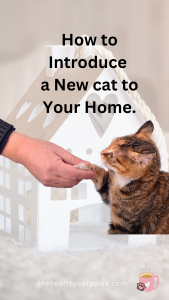 Introducing a new cat to your home can be an exciting but daunting task. Here are some tips to make the process smoother and more comfortable for everyone involved:
Introducing a new cat to your home can be an exciting but daunting task. Here are some tips to make the process smoother and more comfortable for everyone involved: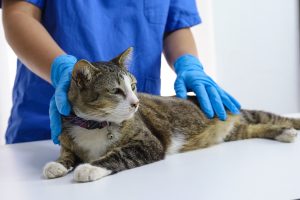 Ideally, deciding on a cat vet is essential before bringing your feline friend home.
Ideally, deciding on a cat vet is essential before bringing your feline friend home. Besides time passing by, many things can make your cat older, prematurely. If you notice that your aging cat does not want to eat or drink talk with your vet.
Besides time passing by, many things can make your cat older, prematurely. If you notice that your aging cat does not want to eat or drink talk with your vet. you ever had the sweetest night sleep of your life, only to be prematurely woken up by your cat’s sharp teeth?
you ever had the sweetest night sleep of your life, only to be prematurely woken up by your cat’s sharp teeth?